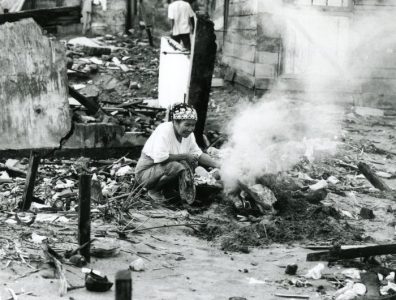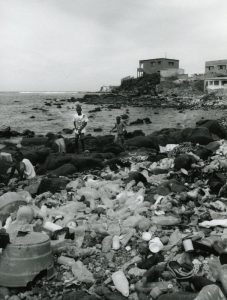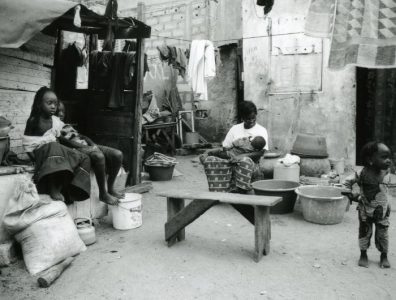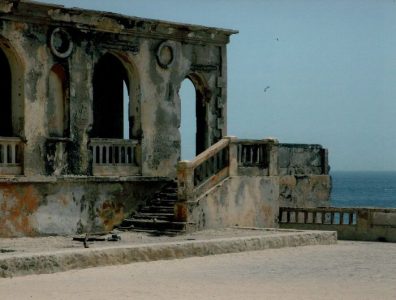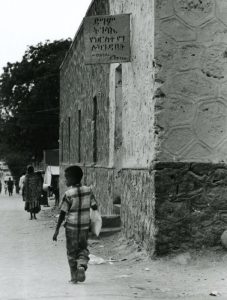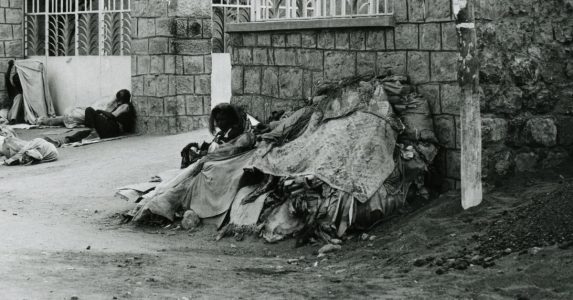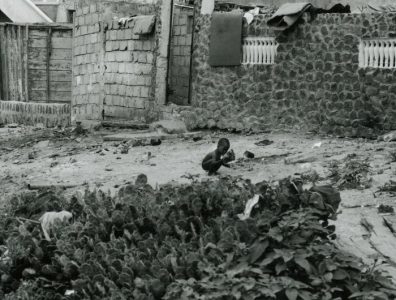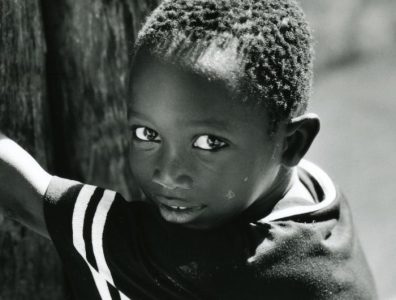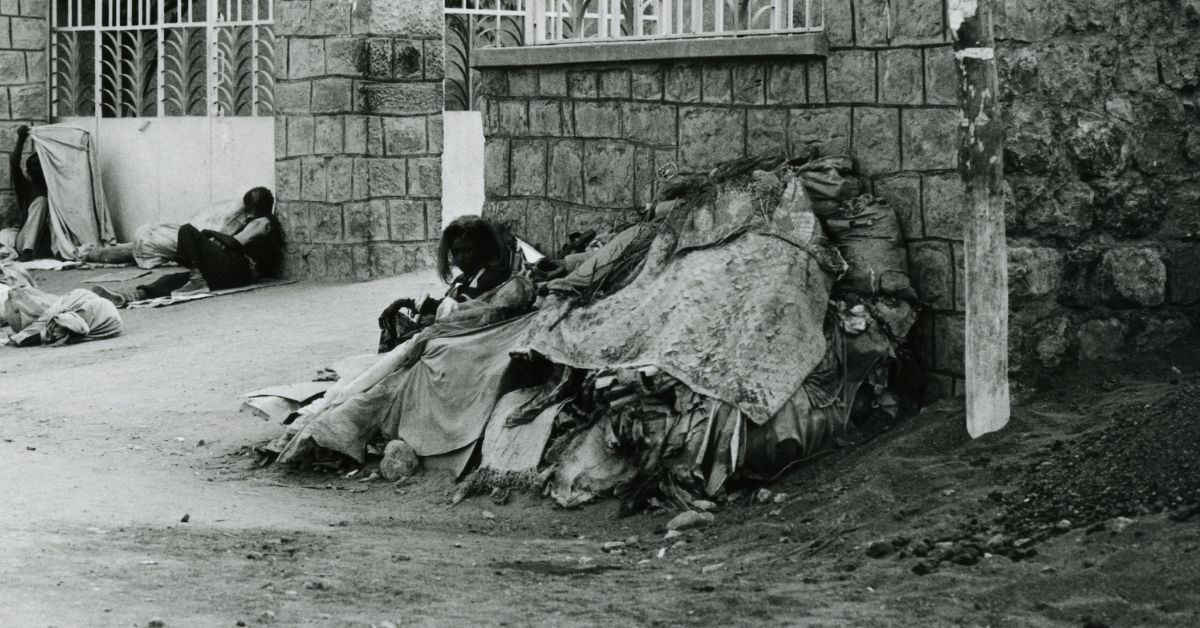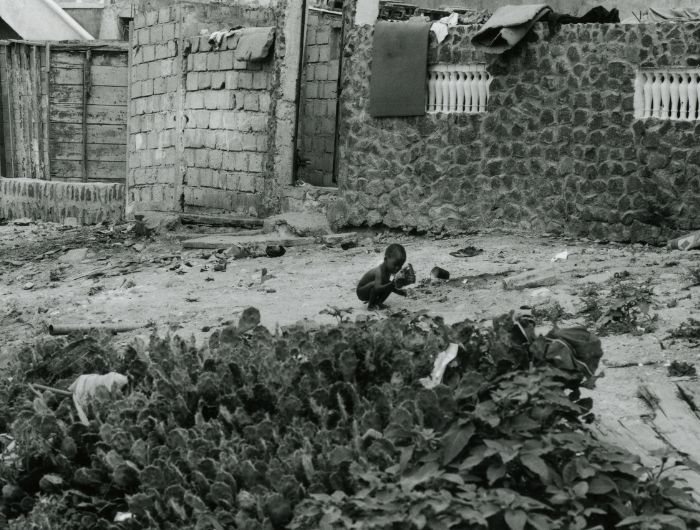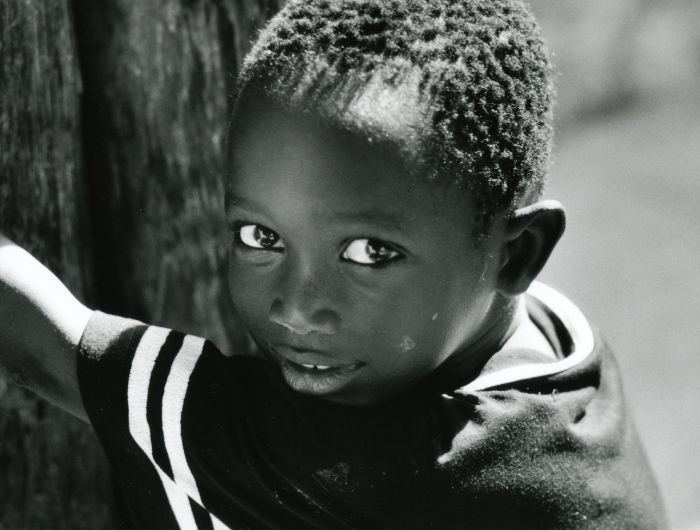
Photography in a context of “poverty”
François-Xavier de Perthuis de Laillevault practices photography as part of anthropological research report on poverty. His photography approach focuses on the scientific value of the information provided by photos as an ethnographic document.
Within anthropological research, the photographic technique is the context of production and collection of information that interests the researcher. In addition to social acceptance, successful photography depends on the choices and freedom of the anthropologist to shoot any event characteristic of social life. To ensure freedom of action, knowing the characteristics of neighborhoods subjected to research is essential. That means, firstly, to make contact with population, and secondly, to identify architectural specificities of districts to assess the conditions for outdoor and indoor photography (ambient light, color, reflection zone shadows, architecture and configuration of habitat). In the context of poverty, population approach is a fundamental stage of the methodology: it determines not only the photographic result but also the value of scientific content.
Aiming to maximize the informative content of photography, shooting is based on the spontaneity of the subject, limiting any constructed behavior. This requirement means taking photographs without giving any indication at the time when the shutter releases. To succeed, the shot must to be as natural as possible, the camera must become one with the photographer and his presence must be forgotten by the subject. To emphasize spontaneity, action of shooting takes place in the continuity of natural movement of scene observed; this is the ethno-photographer that fits his subject and not the reverse. This technique places photography in the heart of the scene observed in order to allow viewer to create an intimate contact with the subject. This element is based on the intimacy created by proximity of observation expressed through photography. Spontaneity and movement highlighted do not break the scene observed: they do not impose a specific photographic time, but instead insert photography in the movement of the scene. Thus, photography testifies to the continuity of movement and is a testimony of people’s living conditions.
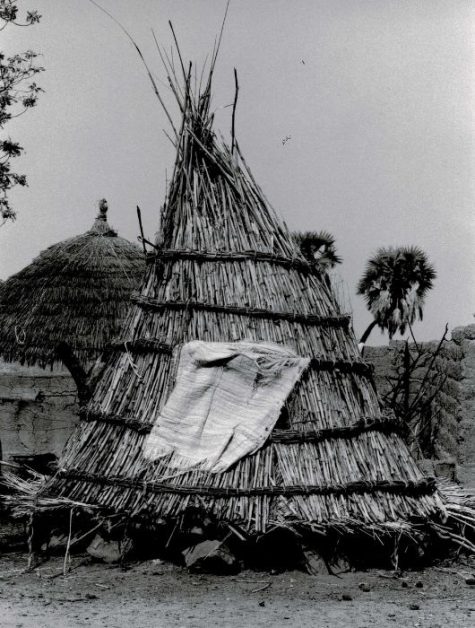
This photographic technique’s aim is to highlight the first and the second plan of picture. This requires some control over the aperture by favoring an open field to separate the foreground from the second and the third plan. This technique requires a degree of confidence with the subject because this approach implies that photographers present themselves as partners for dialogue and communication. Sometimes a simple glance is enough and more significant than long periods of speech. This approach requires the photographer to become an actor of the observed scene.
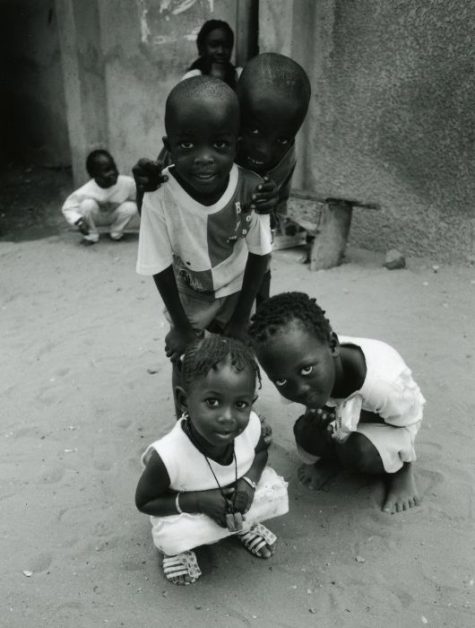
To shot the event on film, it is preferred to use professional black & white film with low and medium sensitivity (125 ASA 400 ASA). The choice of the sensitivity depends on ambient light conditions. Furthermore, using a 100 mm focal has the advantage of not distorting the real proportions of the subject and thus helps us preserve the original expression of the body. The use of such material and the use of this technique forces a photographer to keep a distance and to be close to the observed subject at the same time. Distance from the photographer to the subject fits into an intimate relationship. It is necessary to be close to the subject, but at the same time far enough away to preserve freedom of action. It is a social relation, a dialogue in which an ethno-photographer must find his or her place: he or she must not be too close to risk becoming more involved than necessary, and not be too far to risk becoming a stranger to the scene.
There are real difficulties arising from photographic reproduction of phenomena relating to the reality of life in poverty. The reality of observation resulting from photography is a reverse reality, since it is returned to the observer through the framework of photography. The information revealed by photography belongs to the field of cultural re-interpretation of the observation. Without any analysis, photography becomes a presupposition of reality, the subject becoming a picture of what he or she is supposed to be in reality, through the eyes of the observer—the photographer. Photography is an object built in a particular time-space: a photographic time whose framework and timing is determined by a photographer, as well as the focus on particular aspects of the scene observed. To overcome the ambivalence within both—the interpretation of the subject by the photographer, and the reinterpretation of the photograph by the viewer—and to allow photography to become an ethnographic document, photography must be full of sense regarding the description of the scene. This sense is determined through the anthropological analysis of photography. This analysis ranks the subject in his or her original setting and neutralizes all opinion otherness resulting from the emotional interpretation. Moreover, anthropological analysis also needs to decode symbolism contained in photography; anthropological analysis needs to reveal the scientific information and give the photograph the status of an ethnographic document. Thus, photography becomes a way of relating reality by explaining observed phenomena in an original culture. In this way, photography becomes a link between the original culture of the subject and the observer.

This website offers a selection of black & white photography made through a 100 mm focal. Subjects chosen to illustrate perception of poverty research are individuals living in poor neighborhoods and bad conditions. The purpose of such work is to highlight the everyday life through observation of characteristic scenes in the context of poverty. The photographs show individuals in their daily difficulties. This work reflects the experience of poverty as it manifests social life from interior. Photography helps establish the idea of a cultural expression of poverty as manifested through individual and social body. One manifestation of the cultural expression of poverty is underlined by appropriation of space by children and adults living in unhealthy conditions. During my research I have found unhealthy and ravaged areas that became playgrounds for children and places of settlement for people. The cultural dimension of poverty is demonstrated through the ability to transform such an area into a place to live. To shoot those aspects of social life helps make photography a true ethnographic tool.
